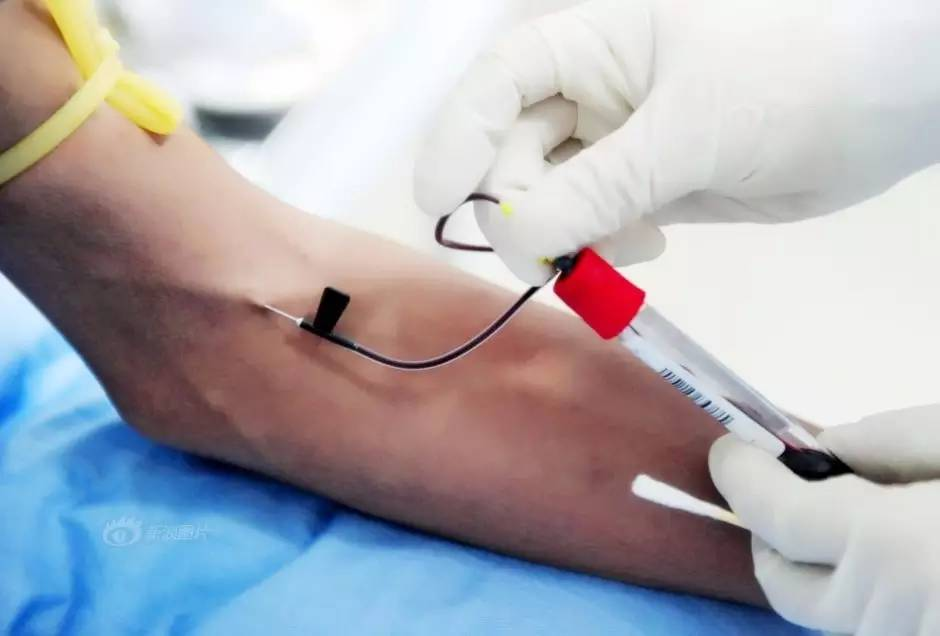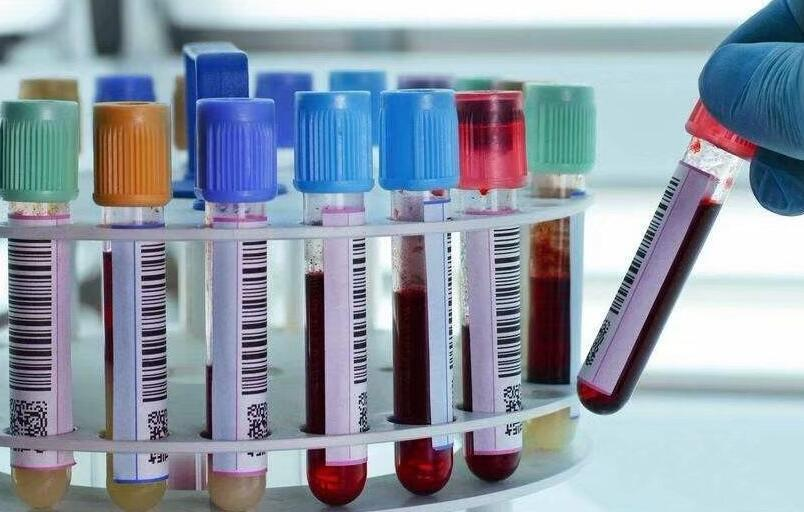- Date:2023-09-29
- Click:5918Times
The daily work of the laboratory is very busy, the department's medical staff often have to answer a variety of questions, so let's take a brief look at the laboratory window is often asked questions.

First, I am seasick, seasick for blood how to do?
Dyscalculia is a physiological manifestation, but also a psychological effect, more likely to be related to their own physical, individual differences, such as dyscalculia history must be informed in advance to the medical staff of the Department of Laboratory Medicine, in order to take the necessary safety precautions, and, secondly, let family members accompanied by the blood collection, to avoid nervousness and hunger when the blood collection.
Second, doctor, others draw a tube of blood, why do I have to draw four tubes of blood? Can you not draw so much blood from me, I am anemic!

Doctors are applying for the test program according to each person's own situation, which is different for each person, and the test method and collection tube used for each program are also different. Multiple fluid draws within a short period of time will not lead to anemia, and as long as the body's hematopoietic function is normal, it will soon recover. Therefore, there is no need to worry too much.
Why is my blood black?
The blood collected for daily blood test is venous blood. Since venous blood is the blood that passes through the capillaries for gas exchange and material exchange in the circulation of the body, it contains less oxygen and more carbon dioxide and other metabolites, therefore, venous blood is often dark red or blackish red. This also indicates that the blood contains more red blood cells and hemoglobin.
What is the cause of bruising or bulging of the needle eye after blood sampling?
Since the blood collection needle not only pierces the skin surface during phlebotomy, but also penetrates into the venous blood vessels, the eye of the needle on the skin surface is not necessarily at the same point as the eye of the needle on the wall of the blood vessel. Pressing just one finger on the bleeding point on the skin surface does not effectively press on the bleeding point on the blood vessel, so blood seepage and bruising may occur.
(Contributor: Jing Huijuan)



 鲁ICP备11009722号-4
鲁ICP备11009722号-4 